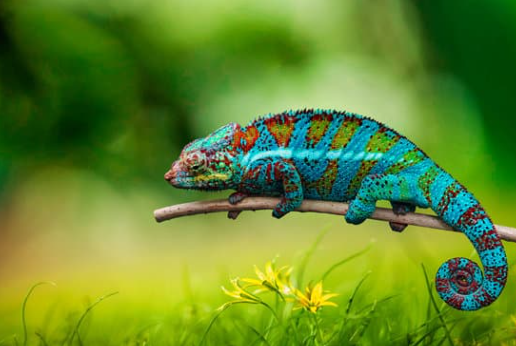
Human expansion has led to wildlife adapting to urban environments. Animals like raccoons, skunks, and coyotes are now common in cities, thriving in parks and neighborhoods due to the availability of food, shelter, and safety. These urban spaces offer easy access to food from garbage and compost, as well as shelter in abandoned buildings and green spaces. However, the presence of these animals requires humans to respect their space and understand the role they play in the urban ecosystem.
The concept of coexistence with urban wildlife is crucial for maintaining balanced ecosystems. Non-lethal methods, like securing trash and removing attractants, are more effective in preventing conflicts than traditional culling methods. Studies show that coexistence strategies contribute to ecosystem health by regulating wildlife populations, such as coyotes controlling rodents. Healthy urban wildlife populations also aid in pollination, flood mitigation, and erosion control, making their presence beneficial for humans and nature.
To protect wildlife and ensure harmonious living, humans must adopt respectful practices. This includes keeping a distance from wild animals, securing food sources, and avoiding relocation or trapping, which can harm the animals. Educating communities about wildlife behavior and advocating for green spaces can promote a sustainable coexistence. Simple measures, such as installing fences and using safe repellents, can help deter wildlife from homes without harming them, ensuring that both humans and animals can thrive in shared urban spaces.
For further reading, you can access the article: https://davidsuzuki.org/living-green/how-to-coexist-with-urban-wildlife/




